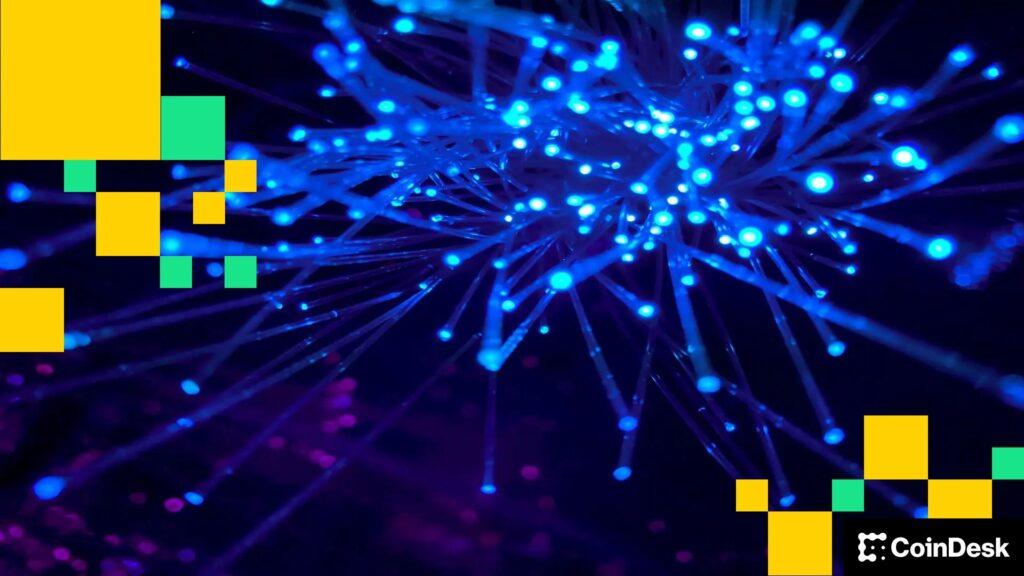The stablecoin market has undergone a sharp expansion over the past year, with total supply increasing by 72% to nearly $300 billion, according to data analytics platform Artemis.
Much of this growth has been concentrated in Ethereum and Solana, with the recent launch of Plasma marking a milestone. More than $6 billion in stablecoins were issued on the network in its first week, setting a record for a new chain debut, Artemis said in Wednesday’s report.
Stablecoins are cryptocurrencies whose value is tied to another asset, such as the US dollar or gold. They play a major role in the cryptocurrency markets and they provide a payment infrastructure and are also used to transfer money internationally. Tethers USDT is the largest stablecoin followed by Circles USDC.
The dominance of Tether’s USDT and Circle’s (CRCL) USDC remains clear, as the two tokens continue to account for more than 85% of the market, the report said. However, their grip has loosened somewhat as competition intensifies from new issuers and new platforms.
The increase is not only about supply. An expanded set of use cases that reflect the growing role of stablecoins in the financial system, Artemis said. One example is USD AI, which has introduced a model that allows deposits to fund GPU loans to artificial intelligence (AI) companies, turning stablecoin holdings into a private credit-like return instrument.
Plasma’s massively oversubscribed issuance underscores how quickly new networks can ramp up liquidity, the report said, while MiniPay’s growth on Celo signals an upswing in retail adoption, with transaction volume rising sharply in 2025.
This extension feature also blurs the line between stablecoin platforms and banks. Artemis noted that Squads now secures over $2 billion in assets, representing 15% of Solana’s total stablecoin supply. Meanwhile, RAIN’s Series B round helps expand card-linked stablecoin spending, which is approaching $1 billion.
Even centralized exchanges are starting to look like neo-banks, with platforms like Binance, OKX and Coinbase (COIN) offering payment rails, debit cards and savings tools anchored in stablecoins, the report added.
Artemis framed this shift as part of a wider structural evolution. Stablecoins are no longer just a tool for crypto traders, but an emerging financial layer that increasingly mirrors core banking functions.
Read more: Stablecoins will disrupt cross-border payments, says investment bank William Blair



